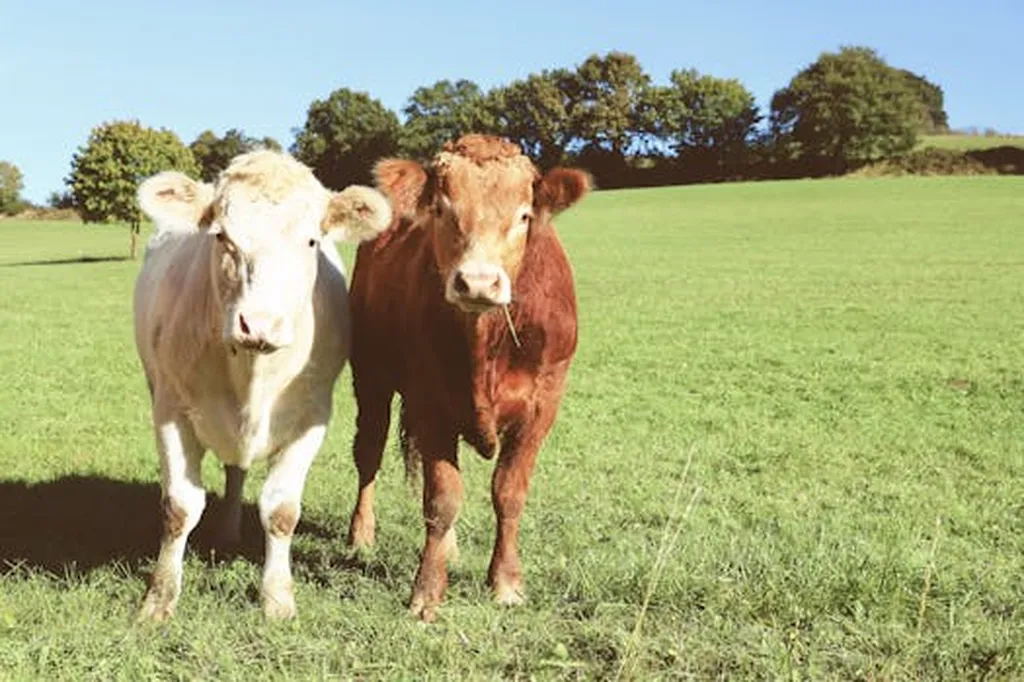In the quest for sustainable livestock production, scientists are turning to an unlikely ally: willow trees. A groundbreaking study led by Joshua P. Thompson from the Institute for Global Food Security at Queen’s University Belfast has unveiled the potential of willow leaves to revolutionize ruminant nutrition. Published in the journal ‘Animal Microbiome’ (which translates to ‘Animal Microbiome’ in English), the research explores how willow condensed tannins (CTs) can influence rumen fermentation, microbial populations, and metabolomic profiles, offering a promising avenue for enhancing nutrient utilization and reducing environmental impacts.
The study involved feeding ewe hoggets a control grass silage (SIL) or a SIL mix containing a 20% dry matter (DM) dietary inclusion of leaves from two willow varieties, Beagle (BG) and Terra Nova (TN). The results were intriguing. While total dry matter and fibre intake were higher in BG and TN, there was no significant difference in ruminal CH4 production between the treatments. However, fermentation patterns shifted notably. “We observed lower acetate production and reduced total volatile fatty acid production in the willow treatments compared to the control,” Thompson explained. This suggests that CTs may have impaired fibre digestion, as the control diet showed higher Fibrobacter abundance, a key player in fibre breakdown.
The study also revealed that ruminal ammonia levels did not differ significantly among treatments, despite higher nitrogen intake in BG and TN. Proteolytic bacteria levels remained similar across treatments, but heatmap analysis indicated higher concentrations of ruminal metabolites associated with protein metabolism in TN and BG. “This suggests that willow CTs might be enhancing protein utilization in the rumen,” Thompson noted.
One of the most striking findings was the difference in microbial composition between the two willow varieties. TN showed higher abundance of Prevotella and Fibrobacter than BG, which had a greater prodelphinidin proportion and 10 times higher CT content. This variability highlights the potential for tailoring willow varieties to specific nutritional needs.
The implications for the energy sector are significant. As the world seeks to reduce methane emissions from livestock, understanding how willow CTs influence rumen fermentation could pave the way for more sustainable feeding practices. While the study did not observe a reduction in CH4 production, the altered rumen microbiome composition and suggested changes in protein metabolism offer promising avenues for further research.
“This study is just the beginning,” Thompson said. “We’ve shown that willow CTs can enhance feed intake and alter rumen microbiome composition, which could have profound implications for animal performance and environmental sustainability.”
As the agricultural industry grapples with the challenges of feeding a growing global population while minimizing environmental impacts, the integration of willow into ruminant diets could be a game-changer. By unlocking the potential of willow condensed tannins, scientists are not only enhancing nutrient utilization but also supporting sustainable agricultural practices. The journey towards sustainable livestock production is complex, but with innovative research like this, the future looks promising.

